|
The 1,200-page report by the National Inquiry into Murdered and Missing Indigenous Women and Girls was released earlier this week and made more than 230 recommendations. Today in The Conversation Canada, we have a thoughtful analysis from Margaret Moss, the director of the First Nations House of Learning at the University of British Columbia. She is an American Indigenous woman who writes that the United States could learn a lot from the attention being paid to the epidemic in Canada. In the U.S., she writes, there’s little concern for American murdered and missing Indigenous women.
Some other insightful reads for you today:
– Sarah Munoz of the Université de Montréal tells us about rising sea levels and tectonic activity have eroded the coastlines of the low-lying Carteret Islands in the South Pacific.
– Veena Dwivedi of Brock University writes about how our neural hardware responds differently when we perceive people to be on “our team” – whether in sports or in politics.
– Steffi Hamann and Arvinder Pannu of the University of Guelph tell us how the new Canada food guide is easy to follow – if you’re wealthy or middle class, but those on social assistance can’t afford to maintain it.
Finally, Annette Brown of the University of British Columbia writes that 15 years of research shows that when health care is equity-oriented, patients report fewer depression and trauma symptoms, less chronic pain and improved quality of life.
Regards,
|
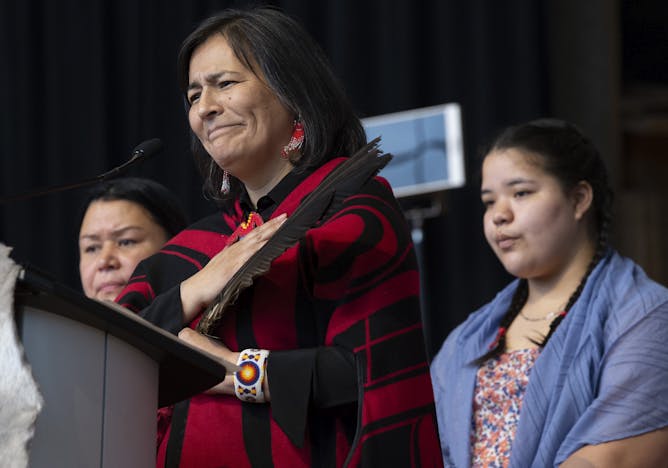
Commissioner Michèle Audette speaks during ceremonies marking the release of the Missing and Murdered Indigenous Women and Girls report in Gatineau, Que., on June 3, 2019.
THE CANADIAN PRESS/Adrian Wyld
Margaret Moss, University of British Columbia
The United States could learn from Canada's national attention being put on the epidemic of missing and murdered Indigenous women and girls.
|
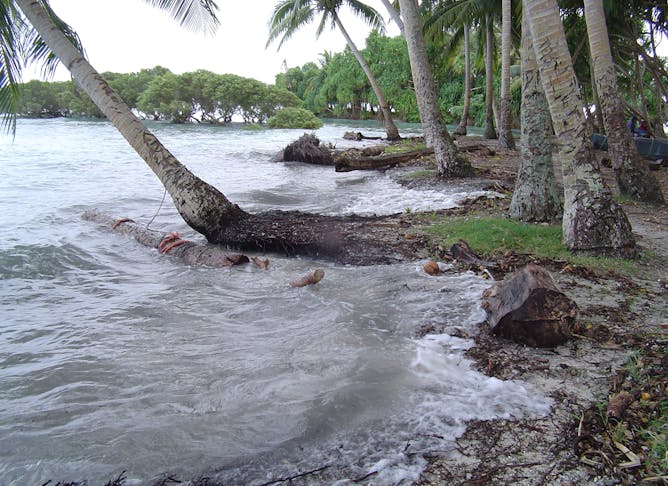
High tide at Nukatoa Island, in the Takuu Atoll, Papua New Guinea.
Richard Moyle
Sarah M. Munoz, Université de Montréal
Rising sea levels and tectonic activity have eroded the coastlines of the low-lying Carteret Islands in the South Pacific.
|

Toronto Maple Leafs’ goaltender Frederik Andersen is scored on by Montreal Canadiens’ Andrew Shaw during second period NHL hockey action in Montreal in April.
THE CANADIAN PRESS/Graham Hughes
Veena D. Dwivedi, Brock University
Our neural hardware responds differently when we perceive people to be on "our team." This hard-wiring allows for both positive and negative biases.
|
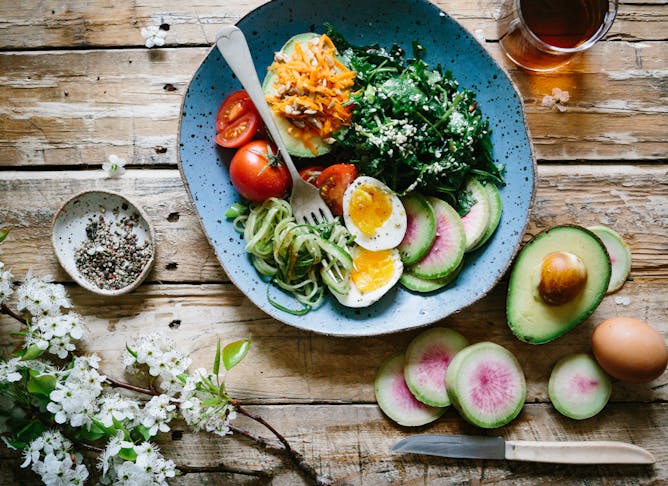
Canada’s new good guide has mean international headlines but is it viable for Canada’s poor and marginalized?
Brooke Lark /Unsplash
Steffi Hamann, University of Guelph; Arvinder Pannu, University of Guelph
Canada's food guide does a great job explaining what we should consume, but it is tailored to the wealthy and the middle class and many on social assistance cannot afford to maintain it.
|
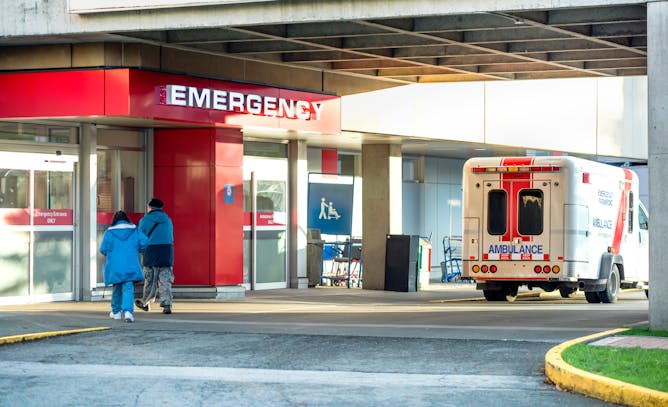
Researchers are testing an equity-based model in emergency departments, mental health agencies and hospital units.
(Shutterstock)
Annette J. Browne, University of British Columbia
When care is equity-oriented, patients report fewer depression and trauma symptoms, less chronic pain and improved quality of life.
|
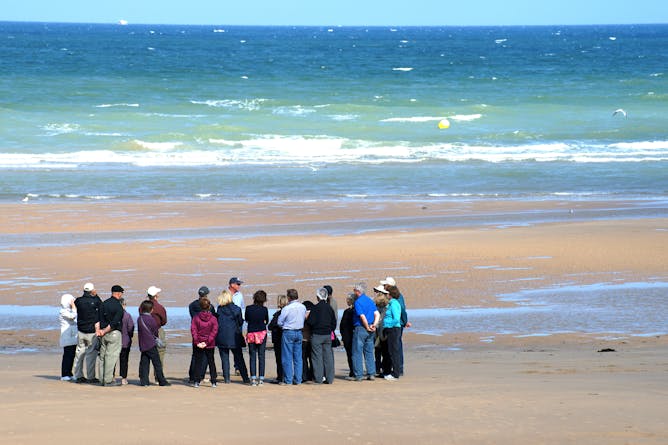
Des touristes sur la plage d'Omaha, en Normandie, lieu du débarquement des alliés en 1944, dont on commémore le 75e anniversaire.
Shutterstock
Liz Sharples, University of Portsmouth
Les plages de Normandie, le camp d'Auschwitz, Tchernobyl ou Fukushima sont des destinations pour le «tourisme noir», soit la visite de lieux marqués par la mort et la destruction.
|
|
|
Education
|
-
Elizabeth Westrupp, Deakin University
When children are being clingy, they're communicating their feelings. This is normal and healthy. Parents can help by acknowledging the feelings that come with their child's behaviour.
|
|
Science + Technology
|
-
Sarah Stellwagen, University of Maryland, Baltimore County
The glue that gives spider webs their stickiness is a form of spider silk protein. Researchers can imagine cool uses for a synthetic version – but had to wait for the tricky glue gene to be sequenced.
|
|